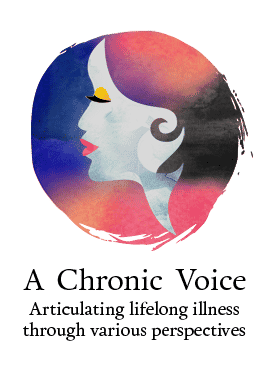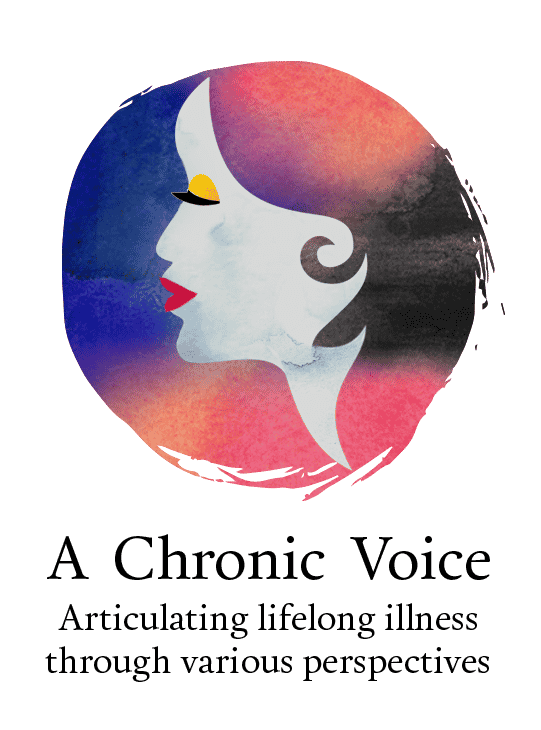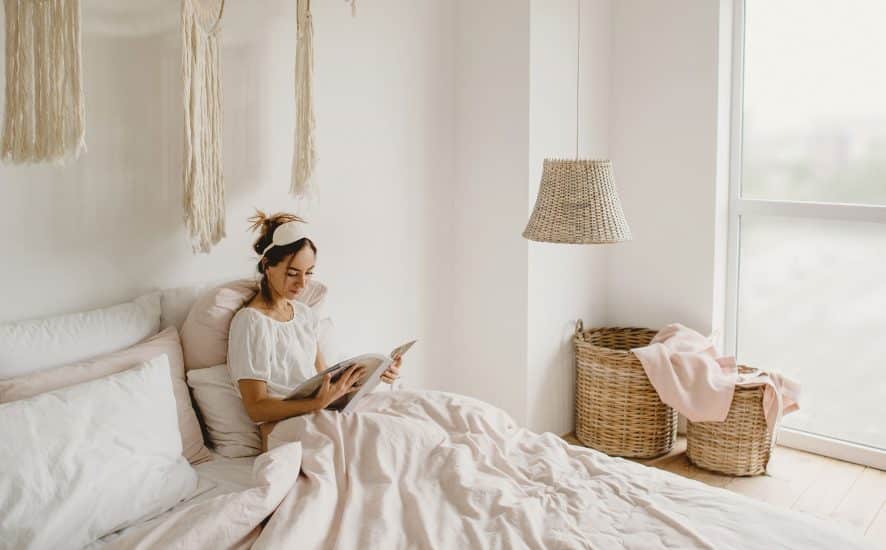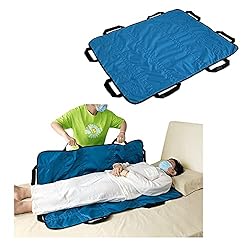You’re literally going to live on your bed for the next couple of months after a knee surgery or major surgery, so you’ll want to get as comfortable as it gets. Your butt and back are going to ache, and it’s not very… interesting, to put it simply.
This post is part of a series on my spontaneous bilateral patellar tendon rupture injury and recovery journey. This article in particular will focus on the must haves after knee surgery. It will contain tips and resources to help you be as comfortable as is possible whilst stuck in bed. They are also suitable for anyone who is disabled and bed bound, or who is recovering from surgery in general. (You can view the full series at the end of the post.)
“This article in particular will focus on the must haves after #KneeSurgery. It will contain tips and resources to help you be as comfortable as is possible whilst stuck in bed.” #ChronicPain #ChronicIllness #PostOpCare #surgery Click To Tweet❗️ Disclaimer: Knee injuries and surgeries, or any major surgery for that matter, vary widely from person to person. Your age, lifestyle, weight, circumstances, other chronic health conditions, medications, comorbidities, allergies and other issues can impact your recovery timeline, as well as the tools and methods required. They should be adapted for YOU.
This article and the resources provided below are based on MY own personal experiences with spontaneous bilateral patellar tendon ruptures, as a person with many chronic illnesses. It also includes extensive options to cover various knee surgeries – not everything is meant for your specific type of knee injury or knee surgery. They are meant for educational purposes and not to be substituted for medical advice. Please consult your own medical provider before trying anything out.
This post also contains affiliate links. It will cost you nothing to click on them. I will get a small referral fee from purchases you make, which helps with the maintenance of this blog (approx. $100/month). Thank you!
Resources with a star ⭐ next to them are ones I’ve personally tried and would recommend!
Table of Contents
1. Comfortable Bedding, Mattress & Pillows (Absolute Must Haves After Knee Surgery)
1.1 Hospital Bed (Highly Practical, if Your Budget Allows)
Hospital beds are not cheap; a decent one costs hundreds, even thousands, of dollars. I was fortunate as someone donated one to me, as her husband had just passed away 🙁 I am grateful to her, as the hospital bed was a tremendous resource, and made the recovery process a lot easier (if not any less painful).
The ability to adjust the height and position of the bed is immensely useful when you’re recovering from a major knee surgery. The grab bars at the side were essential for pulling myself up to a sitting position. Do also get one that has a board at the front, or your legs might keep sliding down and off the bed. It’s also useful for pushing your feet against to aid with getting up when you can.
The hospital bed didn’t only help right after my knee surgery, but came in handy when I was learning to walk again. As it’s height adjustable, that makes standing up easier, as your knees do not need to bend as much to get to an upright position. As I gradually regained my leg muscles, I could lower the bed to practice standing from a lower sitting position. That will be the first thing you learn to do again. You may be disappointed that you will need assistance as all your muscles have atrophied, but it gets easier with practice!
A hospital bed is useful for any person who lives with chronic illness and daily chronic pain, too. Even though I can walk now, albeit rigidly, the grab bars and adjustments are still useful. Before my knee surgery, I never gave much thought to bed height. But I’ve come to realise how much of a difference it makes even without a knee injury, as getting out of bed with arthritis or joint aches can be a slow, painful endeavour. (Toilet ‘runs’ at night, anyone?)
1.2 Pressure Sore Air Mattress (Relieve Bedsores, Ulcers & Skin Lesions)
The bed that was donated came with a basic pressure sore mattress, but I didn’t use it myself as I found it lumpy and uncomfortable. However, if you suffer from bedsores, ulcers or skin lesions, these mattresses can help to relieve some pressure and discomfort from your body.
1.3 Comfortable Bedding (Your Bed’s Going to be Home for A While)
Ensure that your bedding is clean and comfortable. You will probably need to change the bedsheets more frequently, as there will be food bits, pee, dirt and sweat on it. The last thing you want is to fall ill from food poisoning or bed sores.
All that wisdom about only using the bed for sex and sleeping to prevent insomnia – well, you don’t have much of a choice after a major knee surgery. Your bed will be ‘home’ for a while, so invest in some comfortable, cooling bedding if you don’t already have some.
1.4 Ergonomic Pillows (You’ll be Lying or Sitting 24/7)
A good pillow (or two or three!) are must haves after knee surgery, if you want to stay comfortable in bed. You can arrange them to lean against for more or less support, whether you’re lying flat or to your side. You can even use them to support your knees, or hug them for some comfort.
As I had to keep my knees and legs absolutely straight for 6 weeks and had to encase them in leg braces, I was only able to sleep in a flat or upright position. If you’re like me, you’ll really want some good pillows. Remember that you’re not only using them for sleeping, but all day long.
The Leg Braces I Had to Wear for 6 Weeks After My Knee Surgery:
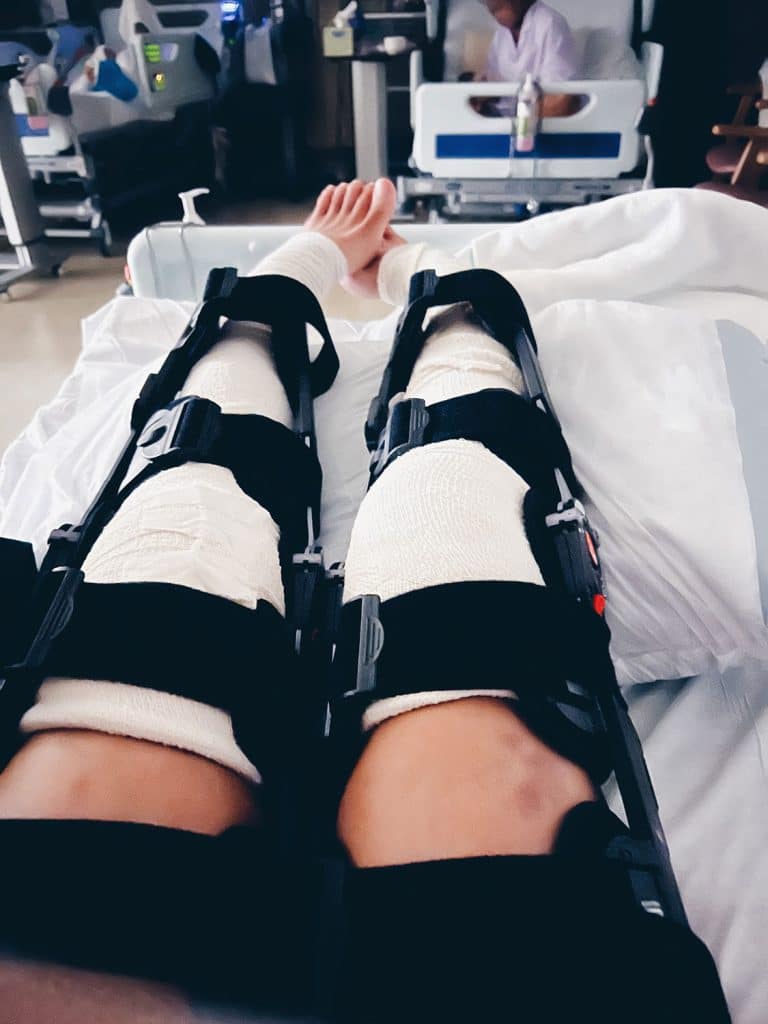
Pillows are a highly preferential thing. Some are more suitable for side sleepers like me, and others for back and stomach sleepers. The shape and the hardness level are dependent on your preference and needs as well. Then there are buckwheat pillows, ergonomic pillows, and other scented ones with different textures and purposes.
I suffer from TMD (Temporomandibular Disorder), and get a stiff jaw, neck and head every single morning. The inability to move whilst asleep because of the leg braces also contribute to the pain and stiffness. If you have any recommendations for a good pillow or tips – I’d appreciate it!
Unfortunately, despite trying out various pillows, I still haven’t found the perfect one for me. I found my pillow! The Anvo firm orthopaedic pillow was great at first, as I started to wake in the mornings with less aches and pains. But for some weird reason it stopped ‘working’, so I hunted for another pillow. My current favourite pillow is this buckwheat one. The buckwheat hulls shift according to your head position, which makes it more flexible. Buckwheat hulls also repel heat, so it doesn’t get trapped within my pillow. Of all the things to buy, I think pillows are an essential investment, as you lay your head down for a third of a day, every day!
Types of Comfort Pillows:
Pin to Your Major Knee Surgery Resource Boards:
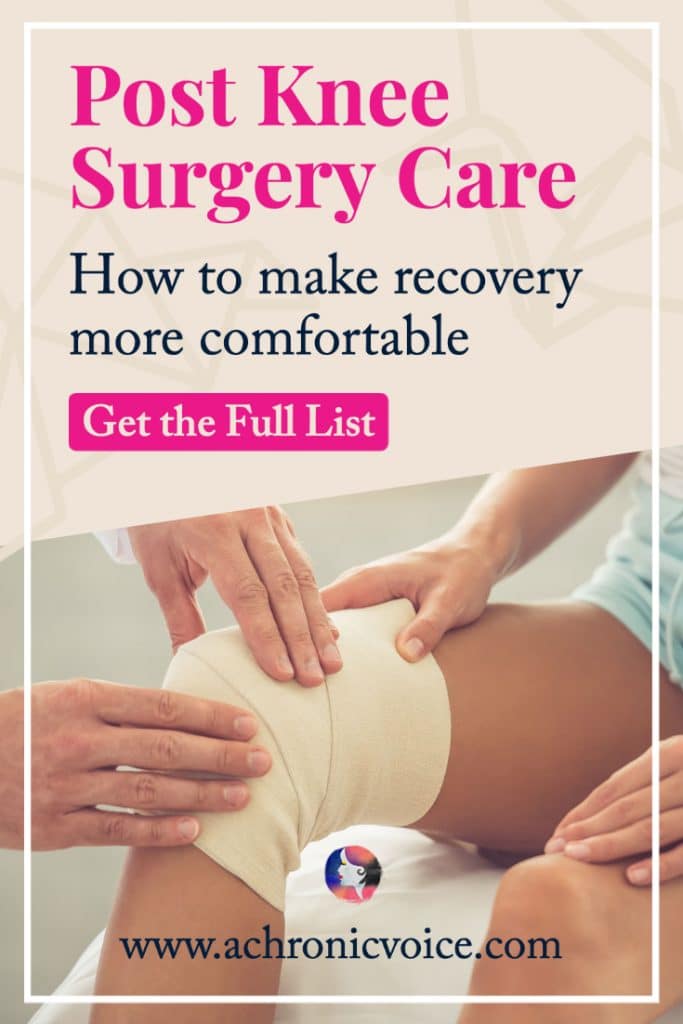
2. Leg Wedge Pillows (Inclined to Help Reduce Swelling)
I had to keep my legs propped up day and night for a few months to prevent blood clots, and it also helps to reduce swelling. Your doctor will most likely ask you to keep your legs elevated as well, especially right after a major knee surgery. You can, of course, use regular pillows stacked atop each other.
Alternatively, you can get a firm leg wedge pillow. These are specifically made for your lower limbs to rest upon, so they shift less, and you don’t have to keep re-adjusting them. They’re also firmer, can be more comfortable, and easier to prop your legs up with.
Leg wedge pillows come in different shapes and sizes. They can come in a straight, flat incline, with curves, or angled at the knee area. There are also ones that have dividers for each leg, and sides to keep them in. The flat ones can also be used for leaning your back against whilst in bed.
❗️ Pick something that’s suitable for your type of knee injury. If you’re unsure, check with your doctor.
According to Cleveland Clinic:
“For knee replacement, you will need to elevate the leg to help reduce swelling. It is important to elevate the entire leg, down to the ankle. When elevating, your feet should be above the level of your heart. You may also use pillows to elevate, but never place a pillow behind your knee. Your knee should be as straight as possible when elevated.”
Visual Examples:
3. Sleep Accessories (Filter Out Unwanted Environmental Stimulation)
I don’t really use sleep accessories such as sleep masks or noise cancellation ear plugs, as I don’t like the feel of ‘something pressing against me’. But I know many people who find sleep accessories essential for better quality of sleep, especially if their environment isn’t conducive for resting for whatever reason.
Manta Sleep sponsored one of our Christmas Giveaways, and also gifted me with a few of their high quality sleep masks. I kept the Cool and Steam ones for pain relief usage, and gave the regular ones to my dad and some friends. Their reviews were all positive, and it’s a brand I’d highly recommend. Their products and customer service are top-notch. They even have weighted and sound masks, are fully adjustable, comfortable even for side sleepers, and for those with long eyelashes.
Visual Examples:
4. Adjustable Bedside Table (Essential!)
This might be the most important thing after your bed, as everything you’ll need will be placed here. Your breakfast, lunch, dinner and snacks. Your medications, water bottle, coffee mug, tissue box, laptop, stationery supplies, monitors, books and whatever else you need.
A bedside table is a must have after knee surgery, or if you’re stuck in bed from chronic pain. Get one that has the capacity to be adjusted up and down to suit the height of your bed and body’s positions. It should also be sturdy, long and wide enough to put all the things. You can also get a bed tray table that can be placed on your bed itself, if that’s more comfortable for you.
Visual Examples:
5. Power Bank & Cable (to Stay Connected, Distracted & Comfortable in Bed)
Don’t forget your power supplies! You probably own a digital device or two that helps to keep you entertained, and also connected with the world. From your mobile phone to laptop, tablet, Kindle, earphones and whatever else.
It’s a good idea to have a high capacity power bank with a long, multi-head cable whilst stuck in bed. That way you can charge a few different devices at the same time. You’re not going to be very flexible right after a major knee surgery either. So adapt the power supply to whatever position you’re in, rather than the other way around.
Pin to Your Must Haves After Knee Surgery Boards:
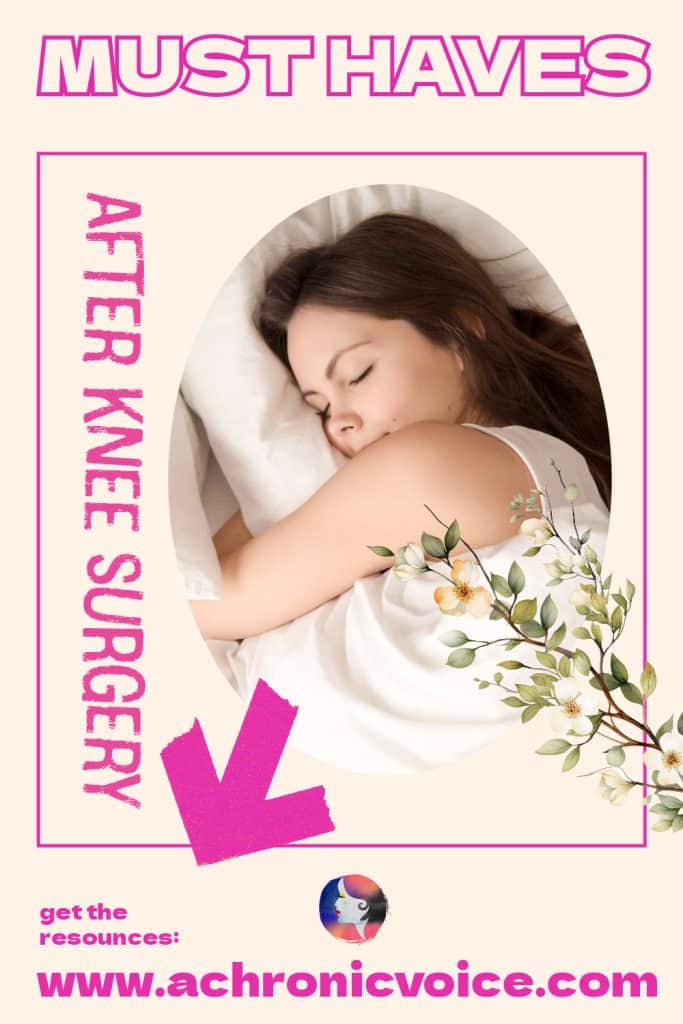
6. Water Dispensers & Bottles (It’s Essential to Stay Hydrated Even Though You’ll Have to Keep Peeing)
You might avoid drinking water so that you need to pee less. The need to use the bedpan yet again is such a hassle, isn’t it? But common sense would say that hydration is more important than that. It’s essential for a healthy lifestyle, and for recovery after major knee surgery (or any surgery, really).
If you dislike the taste of plain water, throw in a lemon or some fruits. There are even fruit infusion machines, and those that transform plain water to bubbly! Though I wouldn’t recommend drinking too much carbonated drinks, as that might make you overly gaseous whilst lying still in bed.
To make things easier, you can get a filtered water dispenser and place it beside your bed, so you don’t need to keep asking someone for refills. Or any jug with regular water, really. The important thing is to stay hydrated.
I have a Larq bottle which allows you to fill it up with water from anywhere, and uses UV light technology to kill germs. It can also keep liquids warm or cool for a few hours. If you like your beverages hot or cold, get a bottle like that. They also have a lightweight one for on-the-go, so you can refill your water supply from almost any source – super handy for long days out camping at medical appointments.
Visual Examples:
7. In-Bed Aids & Transfer Equipment (to Help Your Caregiver & You to Move About)
Visual Examples:
7.1 Positioning Bed Pad (for Transfers)
After a major knee surgery, you will need help to be transferred from your bed to the commode, wheelchair, sofa, onto transportation, be repositioned in bed, etc. This can hurt, as every small movement triggers pain at your injury site. You will want transfer equipment that is stable, and a caregiver or paramedic who is strong enough to support your body weight.
7.2 Overhead Trapeze Bars (for Hoisting Yourself Up)
I didn’t have these installed, but wish I did. They would have made sitting up a little easier! There are those that can be mounted to the headboard or footboard of your hospital bed. And also those that can be attached to your ceiling.
7.3 Compact Bed Rails (for Support Getting Up & Standing)
These are also useful for pulling yourself up to a seated position, and provide support for when you can start learning to stand from your bedside again. I didn’t have these installed either, but my walking frame comes with an extra bar so I used that instead.
8. Alarms / Call Bells (Essential to Call for Aid & for Emergencies)
You know how you have a call bell on flights and by your hospital bed, which you press whenever you need assistance? These are essential whilst you’re stuck in bed during your recovery period, too. Sure, you can use your mobile phone, but people don’t have their phones with them all the time at home. Especially when they’re cooking, doing the laundry, sleeping, etc. It may also be on silent mode.
The alarms I bought are similar to doorbells. We have one plugged in the living room, and one in my parents’ room. I have two call bells by my bedside, which I press whenever I need to use the bathroom, need help getting a drink or something else that I can’t do on my own. The volume can also be adjusted, so if I need help urgently at night, I know that someone will be awoken and come to my aid. If your house is big, you might want to plug one into each separate area so that it’s audible.
Visual Examples:
9. Voice Activated Home System (Get Stuff Done Without Getting Out of Bed)
My uncle got my room fixed up with a voice activated system, which is pretty useful as I can’t get out of bed. My voice gets hoarse after a while, so I still prefer to use the remote controls. But it’s nice to be able to switch off the lights and close the curtains with voice control. The system can also play music and do a few other nifty tasks for you, which can be helpful when you’re bedbound post knee surgery.
10. Humidifier & Air Purifier (Plus Candles or Essential Oil Burners, if You Like)
As I live in hot and humid Singapore, I have the ceiling fan turned on all day long, and the air conditioner on at night. Your skin gets dry and your throat parched, when you’re lying in bed all day with little ventilation.
10.1 Air Humidifiers (for Moisture)
I purchased a humidifier which I turn on at night for extra moisture. Even with that, my skin is still dry and scaly since my knee surgery from the lack of showers.
10.2 Air Purifier / Filter (Improve Your Air Quality)
My sister loaned me her favourite air purifier as well, which helps to make me feel ‘safer’ in a sense. As I’m breathing the same air in the room day in and out, this helps to circulate some fresher air. It also helps when guests pay a visit, with the ongoing pandemic and whatnot.
10.3 Candles & Essential Oil Burners (if You Find Scents Relaxing)
I also have candles and essential oil burners because I love floral scents, and it helps to make me feel a little more relaxed. I can add water-based essential oils into my air humidifier simultaneously, so that’s handy.
11. Private Hire Ambulance Services (You Won’t be Able to Get into a Car for A While)
If you’ve had a major knee surgery and need to keep your legs stretched out for weeks or months, then it might be a good idea to hire a private ambulance service to take you to and from your follow-up medical appointments. It might be difficult to fit both you and your extended wheelchair into a regular-sized car. More manpower will be needed to transfer you onto the vehicle. And it is also a lot less painful for you to be seated or stretched out the entire time.
For those of you who live in Singapore, here’s a list of emergency ambulance services and their rates. Having tried a few companies, I wouldn’t say any of them are superb, but I used AMS the most. I met a paramedic whom I liked, Hairol, and would request for him each time. Their fees are also more affordable for frequent trips.
These are lists that my hospital provided me with: private hire ambulances, home-based physiotherapists and occupational therapists, and local places to buy mobility aids. No matter where you live in the world, your hospital should be able to provide you with similar resources.
Adapt This ‘Must Haves After Knee Surgery’ Guide to Fit Your Personal Needs
I hope that this list of ‘must haves after knee surgery’ has been a useful guide to support you in your own recovery process. Always bear in mind that comfort is a personal preference, so always adapt the tools and resources to fit your own unique needs and circumstances. Wishing you a speedy recovery, and don’t forget to check out the links below for more tips and resources for post knee surgery home care!
Pin to Your Chronic Pain & Chronic Illness Boards:
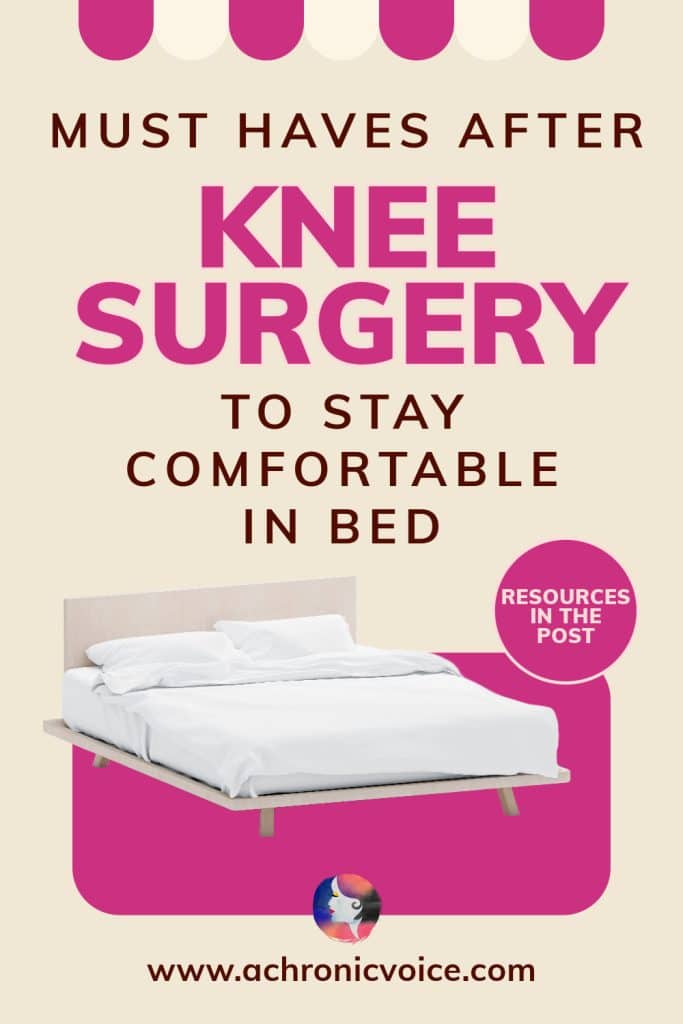
If you liked this article, sign up for our mailing list so you don’t miss out on our latest posts! You will also receive an e-book full of uplifting messages, quotes and illustrations, as a token of appreciation!
